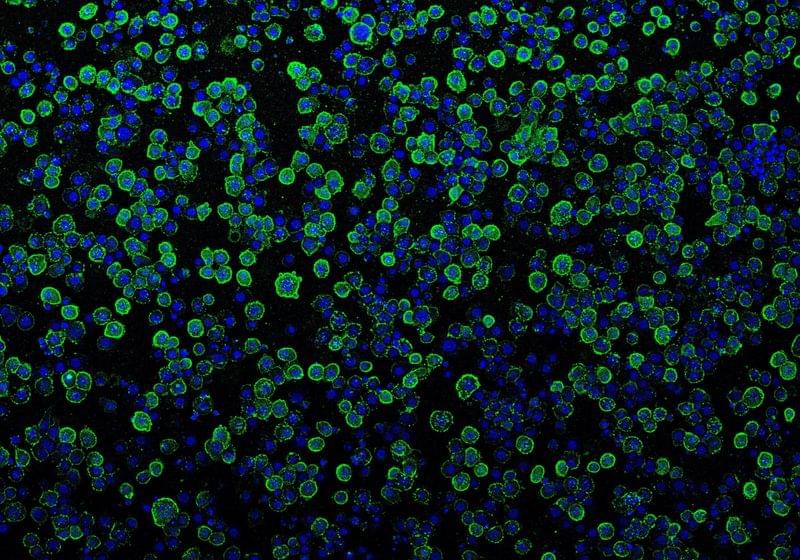Researchers discover a mechanism used by neurons to repair damage that occurs during neuronal activity.
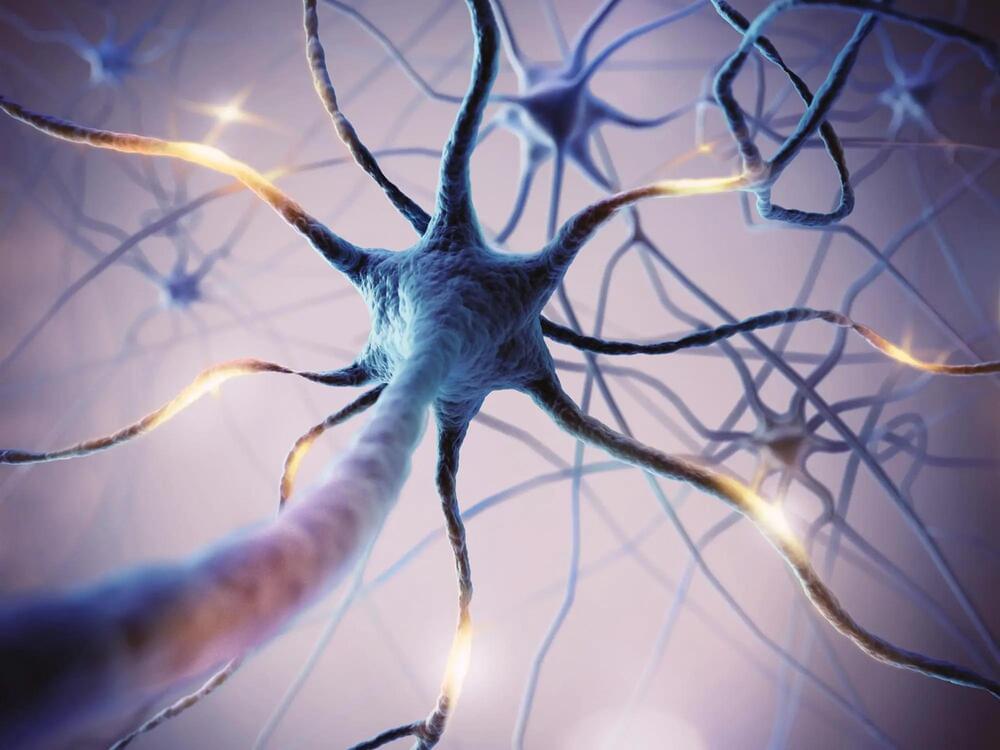

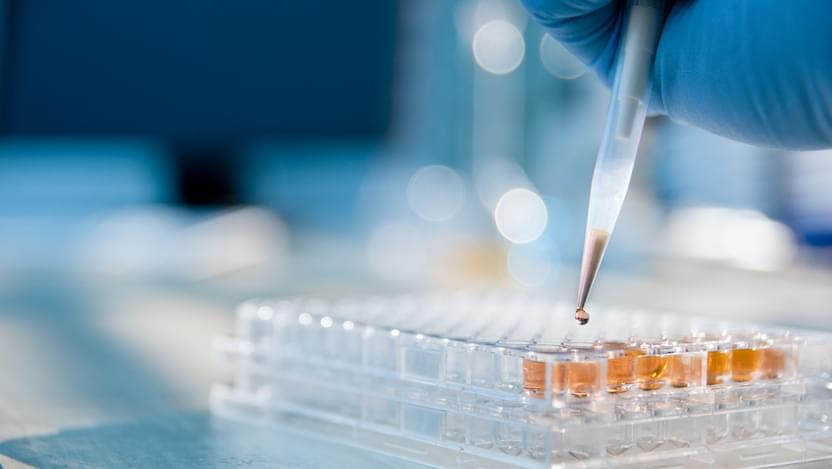
Donald Hoffman interview on spacetime, consciousness, and how biological fitness conceals reality. We discuss Nima Arkani-Hamed’s Amplituhedron, decorated permutations, evolution, and the unlimited intelligence.
The Amplituhedron is a static, monolithic, geometric object with many dimensions. Its volume codes for amplitudes of particle interactions & its structure codes for locality and unitarity. Decorated permutations are the deepest core from which the Amplituhedron gets its structure. There are no dynamics, they are monoliths as in 2001: A Space Odyssey.
Background.
0:00 Highlights.
6:55 The specific limits of evolution by natural selection.
10:50 Don’s born in a San Antonio Army hospital in 1955 (and his parents’ background)
14:44 As a teenager big question he wanted answered, “Are we just machines?“
17:23 Don’s early work as a vision researcher; visual systems construct.
20:43 Carlos’s 3-part series on Fitness-Beats-Truth Theorem.
Fitness-Beats-Truth Theorem.
22:29 Clarifications on FBT: Game theory simulations & math proofs.
24:20 What does he mean I can’t see reality? Fitness payoff functions don’t know about the truth… 28:23 Evolution shapes sensory systems to guide adaptive behavior… consider the virtual reality headset 32:45 FBT doesn’t include costs for extra bits of information processing 34:40 Joscha Bach’s “There are no colors in the universe”… though even light itself isn’t fundamental! 36:36 Map-territory relationship 40:27 Infinite regress, Godel’s Incompleteness Theorem 42:27 Erik Hoel’s causal emergence theory 45:40 Don’s take on causality: there are no causal powers within spacetime What’s Beyond Spacetime? 50:50 Nima Arkani-Hamed’s Amplituhedron 53:00 What percentage of physicists would agree spacetime is doomed? 56:00 Amplituhedron a static, monolithic, geometric object with many dimensions… 59:23 Ties to holographic principle, Ads-CFT correspondence 1:03:13 Quantum error correction 1:05:23 James Gates’ adinkra animations linking electromagnetism & electron-like objects The Unlimited Intelligence 1:08:30 Does Don still meditate 3 hours every day? 1:11:30 “We’re here for the ride…” 1:12:27 All my theories are trivial, there’s an unlimited intelligence that transcends 1:14:00 Carlos meanders on meditation 1:15:50 “You can’t know the truth, but you can be the truth” 1:17:43 Explore-Exploit Tradeoff (foraging strategy) 1:19:15 “You’re absolutely knocking on the right doors here”… our 4D spacetime for some reason essential for consciousness 1:21:10 Why this world, with these symbols, this interface? 1:22:20 “My guess, one of the cheaper headsets” Conscious Realism 1:24:40 Precise, mathematical model of consciousness… the end of Cantor’s infinities 1:28:30 Fusions of Consciousness paper… bridges between interactions of conscious agents/Markovian dynamics → decorated permutations → the Amplituhedron → spacetime 1:35:20 In a meta way, did Don choose the highest fitness path for his career? 1:39:10 “Don’t believe my theory, not the final word” 1:41:00 Where to find more of Don’s work 🚩Links to Donald Hoffman & More 🚩 “Do we see reality as it is?” (Ted Talk 2015) • Do we see reality…
“Symmetry Does Not Entail Veridicality” lecture (Hoffman 2017)
• Don Hoffman — “Sy…

Scientists in Britain have finally solved one of the greatest mysteries of life: how chromosomes get their X shape. Chromosomes, discovered in the late 1800s, are DNA molecules which contain the genetic material of an organism.
All chromosomes, without exception, either go through or end up with an X shape before the cells of an organism divide.
But it was always a mystery how they are X-shaped. While Biology students across the world study that chromosomes get their shape during cell division, the exact reason behind their X shape was not known.
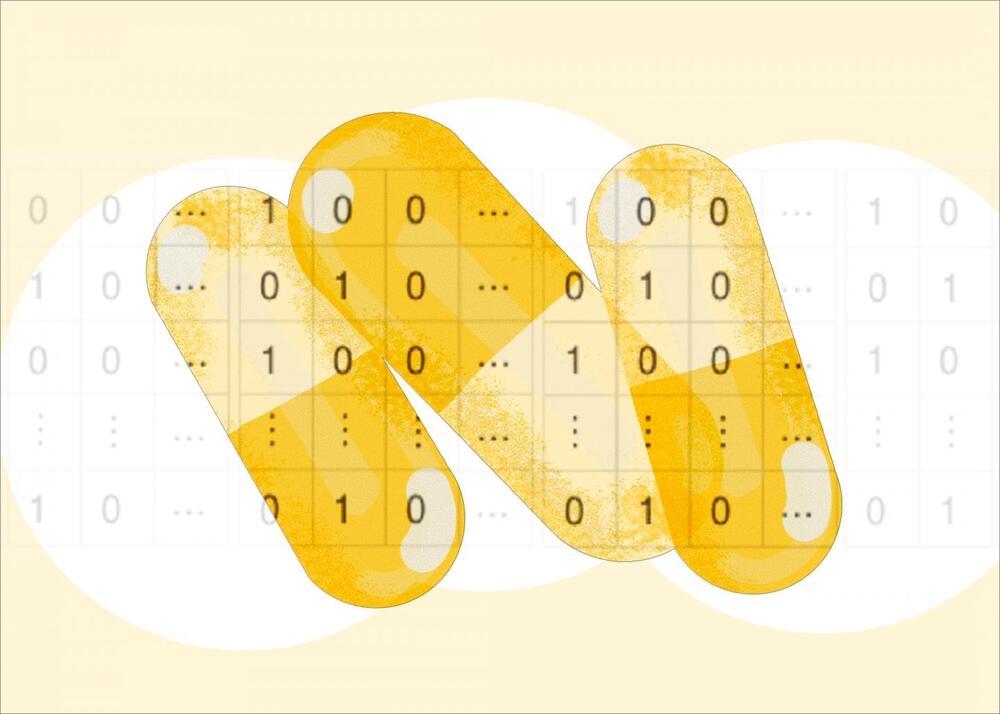
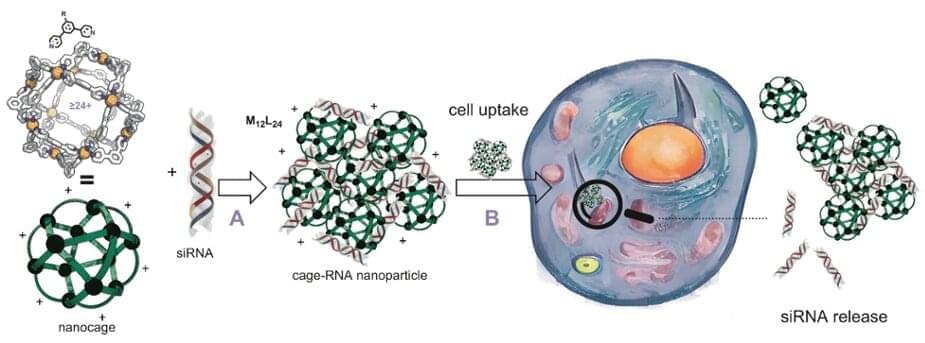
Small interfering RNAs (siRNAs) are novel therapeutics that can be used to treat a wide range of diseases. This has led to a growing demand for selective, efficient, and safe ways of delivering siRNA in cells. Now, in a cooperation between the Universities of Amsterdam and Leiden, researchers have developed dedicated molecular nanocages for siRNA delivery. In a paper just out in the journal Chem they present nanocages that are easy to prepare and display tunable siRNA delivery characteristics.
The nanocages were developed in the research group for Homogeneous, Supramolecular and Bio-inspired catalysis of Prof. Joost Reek and Bas de Bruin at the University of Amsterdam’s Van ‘t Hoff Institute for Molecular Sciences, and further studies in the group Prof. Alexander Kros at the Leiden Institute of Chemistry.
The researchers were motivated by the potential of siRNA in gene therapy, which requires the need for effective delivery systems. They set out to develop nanocages with functional groups at the outside, making the cages capable of binding siRNA strands. As the binding is based on reversible bonds, the siRNA can in principle be released in a cellular environment. To explore the delivery characteristics of their nanocages, the researchers performed a laboratory study using various human cancer cells.

Among the biggest environmental problems of our time, micro-and nanoplastic particles (MNPs) can enter the body in various ways, including through food. And now for the first time, research conducted at MedUni Vienna has shown how these minute particles manage to breach the blood-brain barrier and as a consequence penetrate the brain. The newly discovered mechanism provides the basis for further research to protect humans and the environment.
Published in the journal Nanomaterials, the study was carried out in an animal model with oral administration of MNPs, in this case polystyrene, a widely-used plastic which is also found in food packaging. Led by Lukas Kenner (Department of Pathology at MedUni Vienna and Department of Laboratory Animal Pathology at Vetmeduni) and Oldamur Hollóczki (Department of Physical Chemistry, University of Debrecen, Hungary) the research team was able to determine that tiny polystyrene particles could be detected in the brain just two hours after ingestion.
The mechanism that enabled them to breach the blood-brain barrier was previously unknown to medical science. “With the help of computer models, we discovered that a certain surface structure (biomolecular corona) was crucial in enabling plastic particles to pass into the brain,” Oldamur Hollóczki explained.
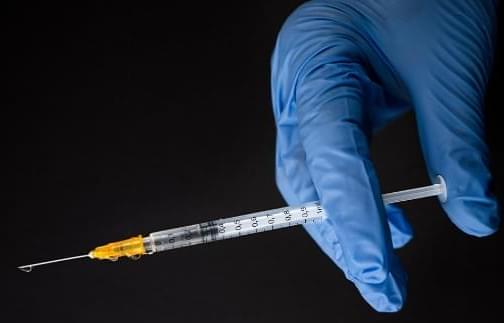
Could a vaccine for dealing with cholesterol be in the works? If clinical trials succeed, Vaxxinity’s new vaccine could be a game changer for this chronic medical condition.
Millions daily take statins to combat high cholesterol. But a vaccine that turns on the body’s natural immune response is in the works.

To improve upon this technology, researchers created a souped-up MRI outfitted with a high-powered 9.4-tesla magnet. (For comparison, most MRIs are equipped with a 1.5-to 3-tesla magnet.) They also added gradient coils that are 100 times stronger than current models and are what create the images, as well as a high-speed computer that is as powerful as approximately 800 laptops, according to the statement.
After scanning the mouse brain, the researchers sent tissue samples to be imaged using a technique called light sheet microscopy, which allowed them to label specific groups of cells in the brain that were then mapped onto the original MRI. These additional steps provided a colorful view of cells and circuits throughout the brain, according to the statement.
The researchers took one set of MRI images that captured how the mouse’s brain-wide connectivity evolved with age. A second group of images showcased brilliantly colored brain connections that highlighted the deterioration of neural networks in a rodent model of Alzheimer’s disease, according to the statement.
